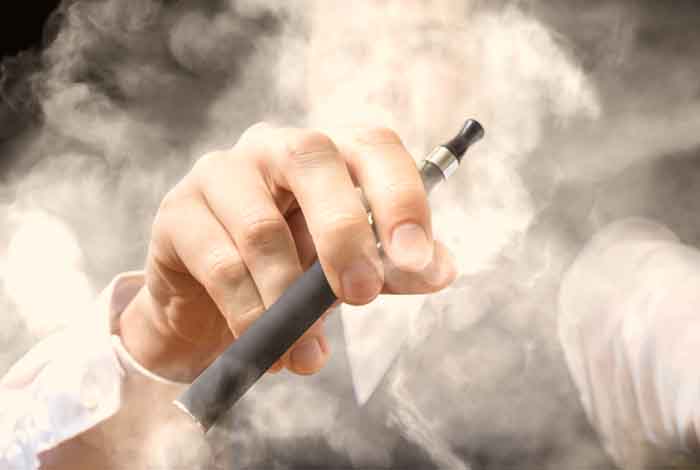
7 Things to Minimize Stroke Risk

Having knowledge about the signs of stroke, stroke risk and getting early intervention or treatment can decrease the damage that might happen as a result of stroke or may prevent them altogether. You should regularly monitor your blood pressure and keep cholesterol in check.
Know the Signs – Early Intervention Prevents the Damage
Stroke is basically damage caused due to clot in the brain. It can be a reason for long-term disability with so many cases in the U.K. Nearly 1/4th of all stroke cases occur in people below the age of 65.
The damage results in some changes like loss of speech, unable to find words and loss of power on one side of the face of the face or body. About 1/5th of these cases are fatal.
Quick diagnosis and early treatment set up for better results. Face test is useful: Can you smile? Is your face tilted or lopsided? Can you raise your arms and keep them there? Is your speech slurred and can’t be understood?
If you observe these signs, you must seek medical help instantly. Other symptoms that call out for immediate intervention are sudden numbness or weakness on one side of the body, loss of vision or blurred vision, severe headache and confusion.
Monitor Your Blood Pressure
High BP can be prevented. Get it checked at a pharmacy or buy your own equipment and check it yourself regularly. In the U.S., pharmacists check and treat high BP in barbershops as black men are undertreated, underdiagnosed and under-represented in clinical trials.
Evidence suggests that people from African-Caribbean ethnicity in the U.K. are more susceptible to high BP, diabetes and stroke, but they have less susceptibility to develop heart disease.
In general, BP Monitor is available for less than 25 USD. Let your know your doctor if the readings are more than 140/90. Lifestyle modification and medicines work for majority of the people.
In some cases, blood pressure remains persistently high despite all kinds of conventional treatments. A new treatment, which makes use of ultrasound, has proved to be helpful in most cases.
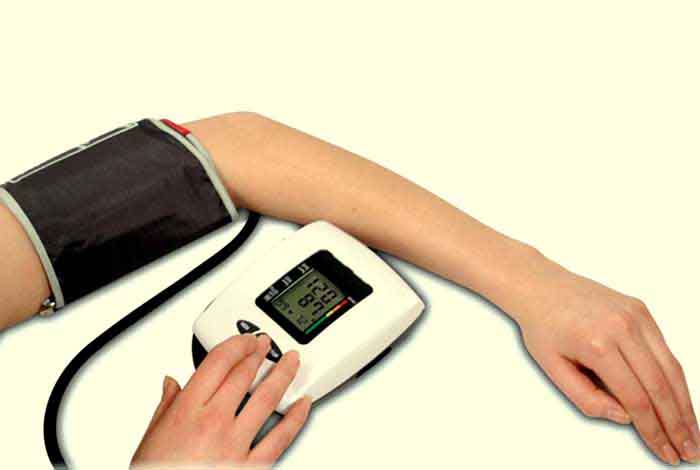
Monitor Your Pulse
Irregular heart rate increases the chances stroke risk. Thinning of blood significantly reduces the risk of stroke. Irregular heart rate can go back to normal rhythms but has a tendency to again become irregular, which is the most dangerous part.
Electric shock can be given to heart (cardioversion), treatment to destroy the problem’s electrical source or a pacemaker to manage irregular heartbeats. Some people won’t notice any symptoms. Checking your pulse is the best way to detect it. Occasional irregularity is not a concern, but if it is consistently irregular, you must see a GP. Diagnosis and management must be done at the earliest.
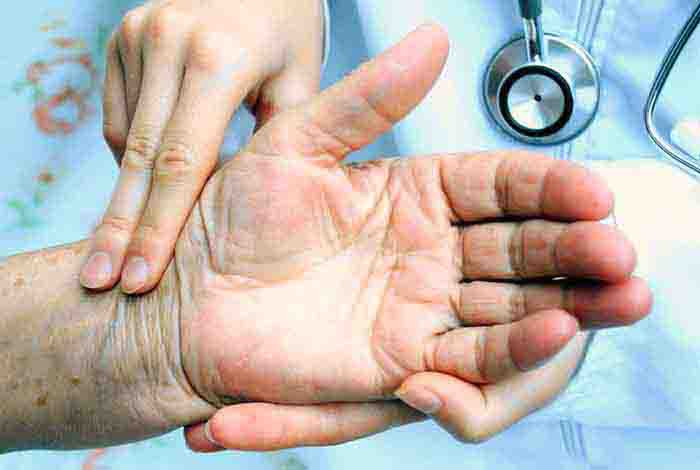
Do You Have Diabetes?
Around 6-7% of people are living with diabetes and a whopping 12% of them don’t know that they have the condition. Undiagnosed and untreated diabetes is the major underlying risk factor and cause for stroke.
If there is diabetes running in your family, you have more chances to be diabetic. Also, you are more prone to the condition if you have obesity or have Southeast Asian or African-Caribbean descent. You can purchase self-test kits, but if you are in the age bracket of 40-74, you should get a complete health checkup done and have a word with your physician if you feel that you are at risk.
If you get diagnosed with diabetes, you must manage your blood glucose levels and make consistent efforts to keep it in the normal range as this will help reduce the likelihood of stroke.
In case of diabetes, BP should be maintained below 140/80 and cholesterol should be kept at 5mmol/l for keeping the risk of stroke low.
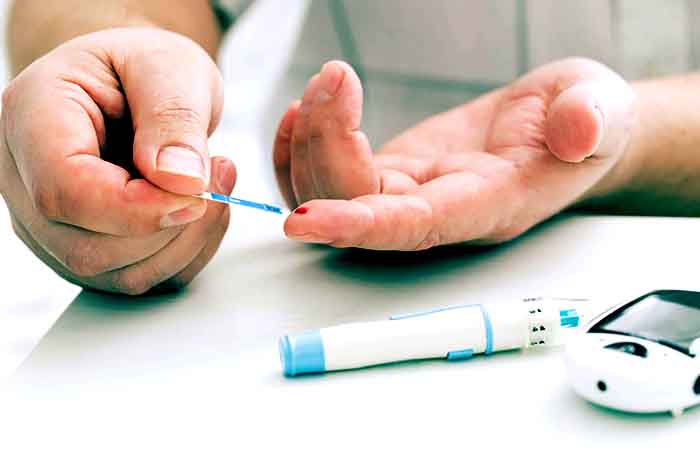
If You Smoke You Have Greater Chances of Stroke
The more you smoke, the greater would be your chances of having a stroke. If you cannot quit smoking, at least reduce the amount. If you quit, your chances of having the stroke will be equivalent to that of a nonsmoker in a time span of 5 years.
Vaping is better than cigarettes, but anyway, the nicotine may make the arteries stiff; thereby, increasing the chances of stroke and heart disease.
Keep a Check on Cholesterol
Too much of cholesterol in blood can clog the arteries. If there is stroke and heart disease running in your family, you may have high cholesterol even if you are having a healthy lifestyle. To counter the risk of heart disease and stroke, BP, glucose levels and cholesterol, all need to be measured. There is no point in treating one and not taking care of others. To lower the high cholesterol levels, you may have to lose excess weight by doing regular exercises, removing cholesterol-rich diets and if required, taking drugs like statins.
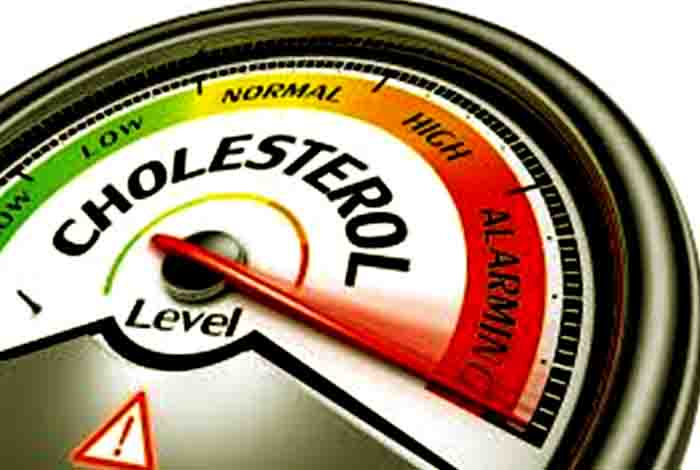
Mini Stroke
The signs of transient ischemic attacks (TIA) are same as stroke, but these persist for around half an hour and get resolved in a day’s time. About 40% of people with TIA will have a stroke and the risk multiplies if you are more than 70, have high BP and diabetes, or have symptoms that are there for more than one and a half hour.
TIA treatments include drugs for blood thinning and carefully controlling the risk factors – BP, cholesterol and blood glucose levels. People don’t understand the use of multiple pills despite having recovered from TIA, but it’s worth taking the pill to avoid stroke.

